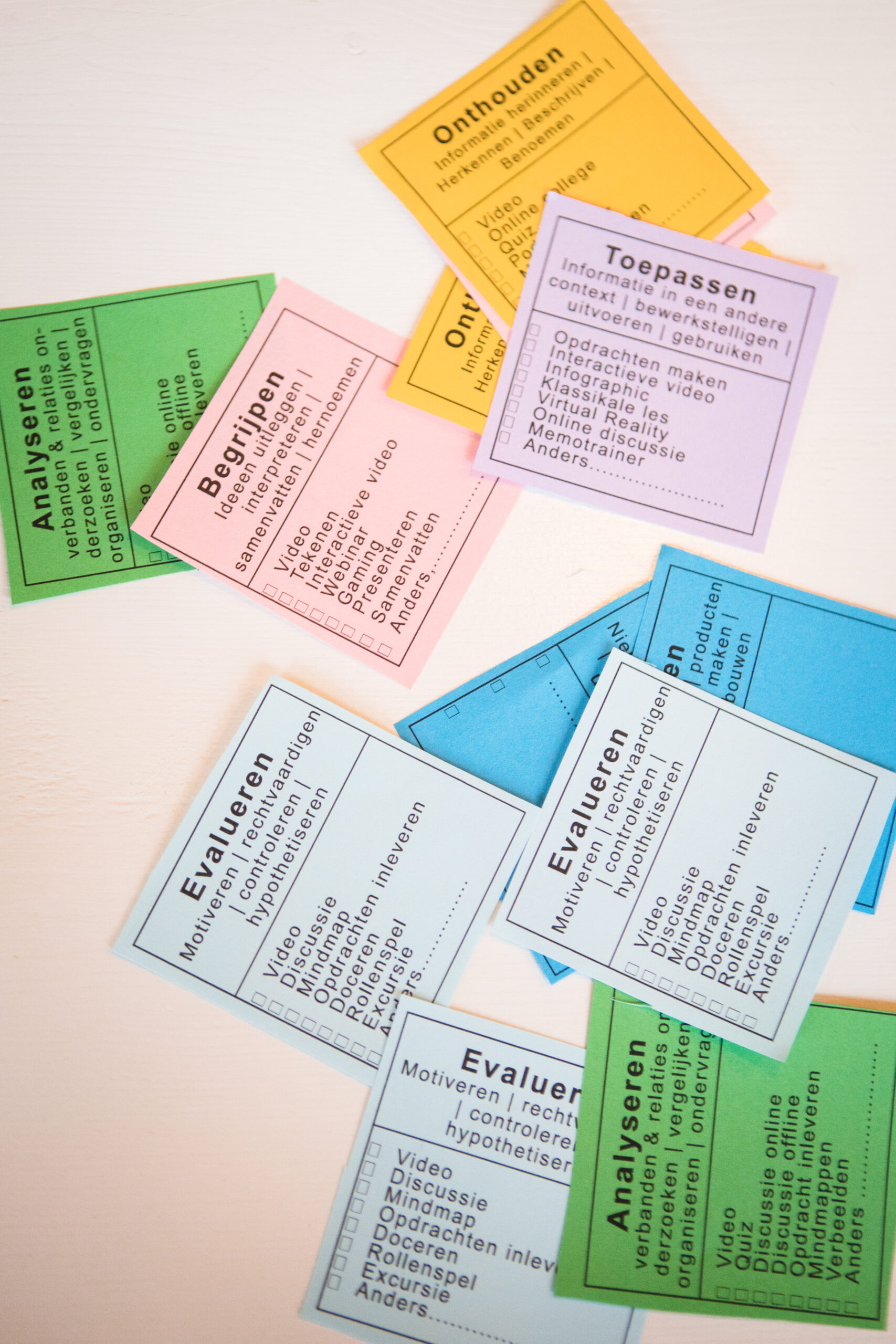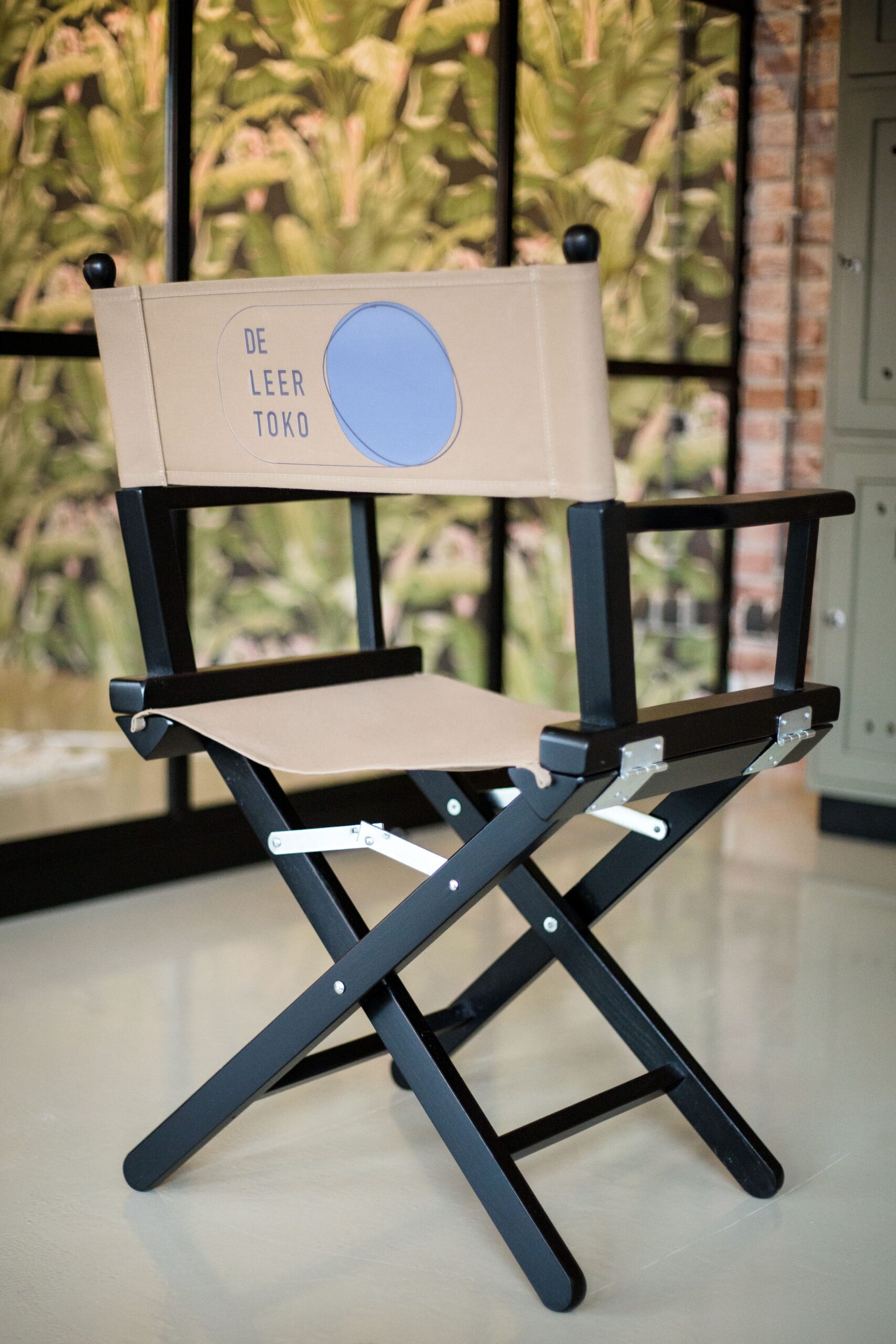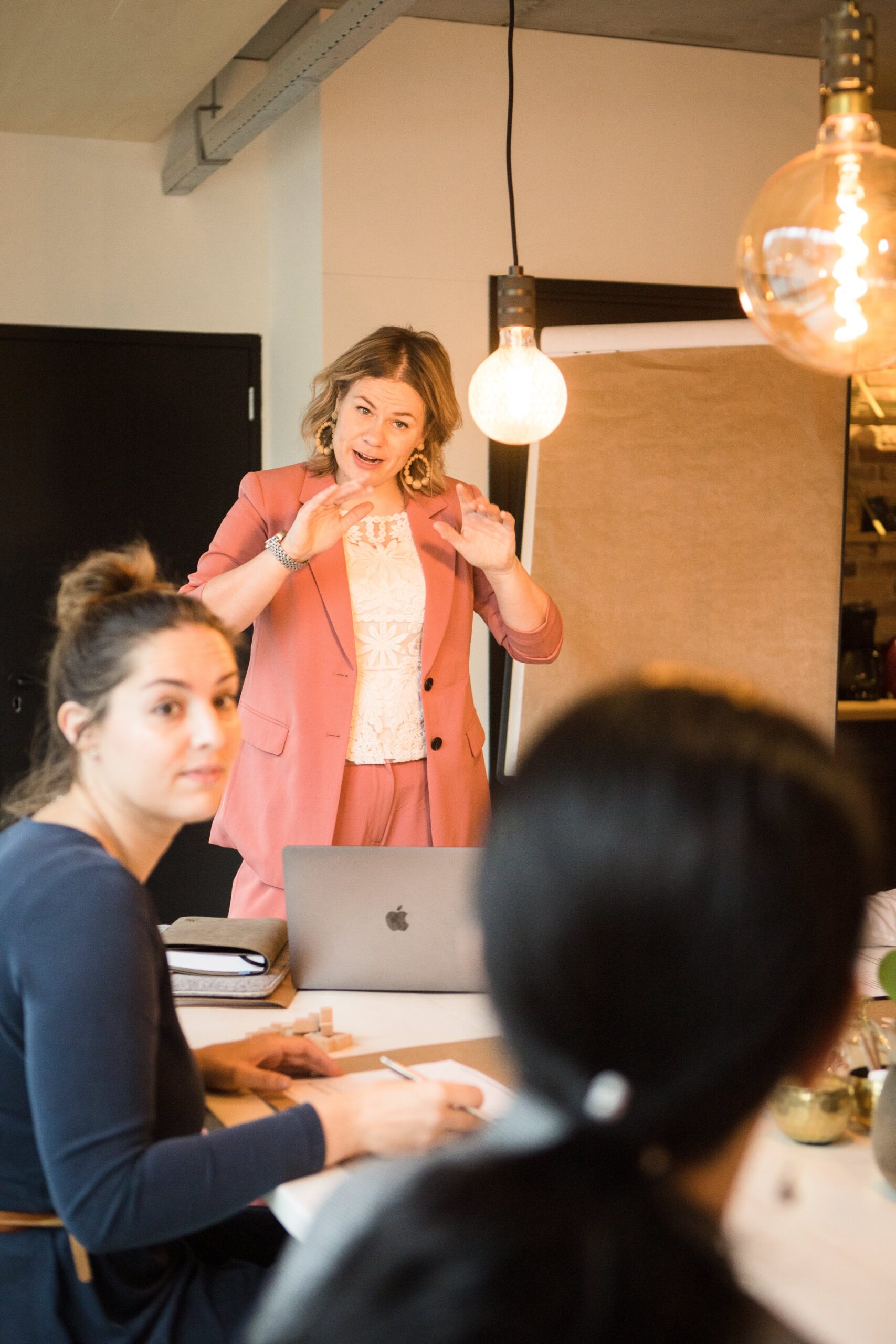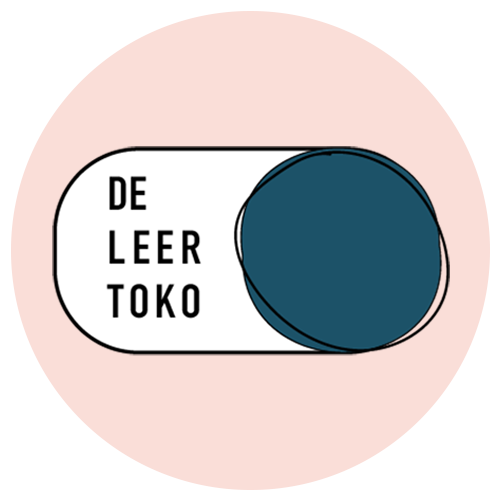
Clients
"So, what is it that you actually do?" It is a legitimate question, because I have a different story to tell at the end of every day. On Monday, for example, I might tell you that I started designing a training program and on Wednesday I may have been recording podcasts. A week later, I'll be talking about having a fun day capturing interesting stories with a camera. It is exactly this diversity of educational assignments that brings me joy and also forms the basis for De Leertoko. What story will you ask me to tell?

Leading with Obeya
Converting a live training course into an e-learning: it sounds so simple and I have been asked to help out with this more than once. This is also how Tim Wiegel, the founder of Leading with Obeya, found me. But here is the thing: I can’t simply convert a classroom training course to an online environment just like that. They are two different forms of education that both require an individual design.
Tim already had a successful live training up and running, but to develop the e-learning, we needed to get back to basics. We determined the purpose, target audience and learning objectives of the e-learning during a design session. All this resulted in a full-fledged training course that fully utilises the capabilities of digital education and keeps participants engaged from start to finish. The cherry on the cake for me was being asked to create the supporting videos for this course as well.
Zestor
What is the link between a circus school and De Leertoko? As a creator of mini-documentaries, I was lucky enough to completely unleash my creative juices with my client Zestor. Zestor is committed to a healthy and safe work environment in higher education, and they regularly create training courses and other educational materials to that end.
I had the opportunity to work on several projects for Zestor,in collaboration with Esther Struijk. One of these projects was about the use of sustainable employability hours. For this purpose, we developed a twelve-part educational documentary series. We held talks with a professor who told us about the importance of SE hours for employer and employees alike, and how they can be used. We then travelled from Zwolle to The Hague and from Rotterdam to Heerlen to follow people during their SE hours. This is how we ended up at De Liedjesfabriek (The Song Factory) one day, and found ourselves work-shadowing a circus course the next.
Curious? Watch these videos to find out more.


Hoger Onderwijs voor Ouderen (Higher Education for the Elderly – HOVO)
Thinking from the perspective of the target audience is always central in course development. How does the target audience think, what do they need and how do participants stay engaged? But what if the target audience is not necessarily proficient in working online? Is Blended Learning an option in that case, too? And what should it look like? HOVO Nederland approached me with this interesting question.
In collaboration with Esther Struijk, I created a tailor-made training course on Blended Learning. We involved all the program managers at HOVO Nederland in this process. The training course taught them what the design process of Blended Learning looks like and they were able to experience for themselves how it might work for their courses and target audience.
De Nederlandse Vereniging voor Pleeggezinnen (The Dutch Association for Foster Families – NVP)
Education is all about communication. There is a reason why my background is in communication.
Both fields depart from the ‘why’ question. What is the narrative? What do you want to achieve? And how, and with whom, do you want to achieve it?
I had previously created webinars with NVP for pleegzorg.nl, followed by the development and production of a five-part podcast series. Having answered all the ‘why’ questions, we came up
with the format for the podcasts together. It proved very valuable that parents, foster parents, foster care workers and youth protection workers interacted for this series.
The end result came about in collaboration with audio producer Jesse Straver, who masters his craft like no other. It was brilliant to have the opportunity to work with specialists!


De Kustwacht (The Coast Guard)
What if an organisation revolves around a single central system that is about to be completely revamped? What if this leaves employees with hardly any time to master the new system? De
Kustwacht is a one-of-a-kind organisation. Specialised work requires specialised training courses.
I developed a training course for De Kustwacht about their new work system (how does it work?) but also about all the changed daily operations that resulted from it (how do I use it?). The main challenge
was that employees needed to start working with an entirely new program, pretty much overnight. This demands a lot from people’s brainpower. There were virtually no opportunities to deploy the power of repetition, or to let new knowledge sink in and practice applying it. It was really fascinating to develop a training course that best reflects this, a course that offers tools to apply newly learned knowledge immediately.

